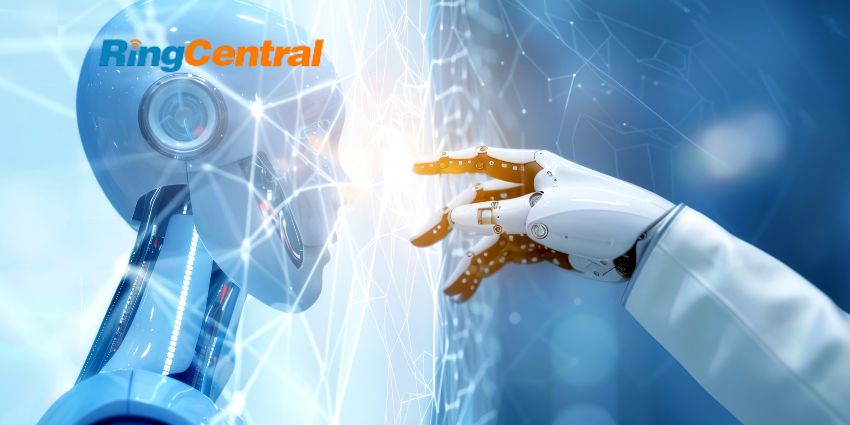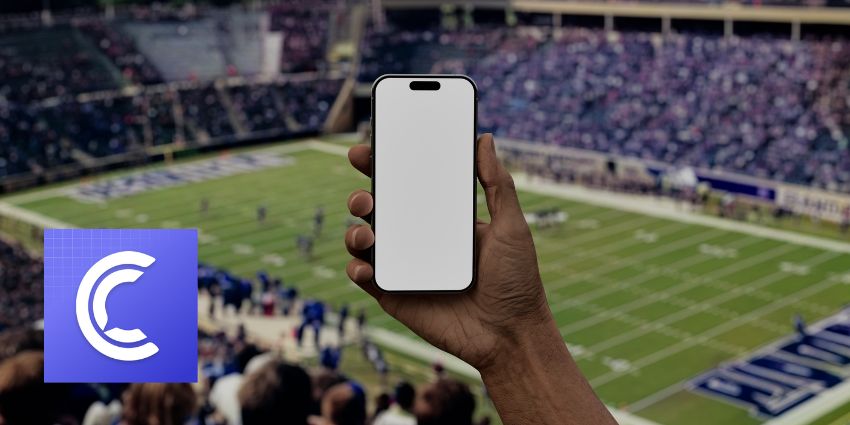RingCentral has officially launched its AI Receptionist for general availability, opening access to all customers after an early access period involving over 2,000 organisations across sectors including healthcare, construction, and real estate.
For IT leaders, the release could signal a growing opportunity to bring intelligence to the voice channel – without complex infrastructure changes.
The cloud-based AI Receptionist promises low-code deployment, strong compliance controls, and scalable automation that could reshape front-office communications.
“Think of RingCentral AI Receptionist as providing a Voice AI Agent that is always-on, trainable, and fluent in the nuances of your business. It adapts over time, handles common questions, and ensures that no opportunity is missed,” said Kira Makagon, President and COO of RingCentral.
AI Receptionist empowers organisations to reimagine inbound voice calls as a strategic, revenue-generating channel—transforming what was once a cost centre into a source of business growth.”
A New Class of Digital Employee?
RingCentral’s AI Receptionist is positioning itself as more than just another IVR system. It’s a voice-first AI agent that uses natural language processing and generative AI to engage callers in real time, understand their intent, and take action.
It can answer FAQs, route calls by name or context, block spam, confirm appointments or send links via SMS.
Unlike traditional systems that follow rigid scripts, the AI Receptionist learns over time, adapts based on real-world interactions, and delivers a more natural, human-like experience.
Core Capabilities That Matter for IT Teams
Key features for technical decision-makers include:
- Rapid setup: Go live in minutes. The system scans your company website for key information – no backend integration required.
- Custom voice personas: Configure voice, tone, and greetings to reflect your brand identity.
- Smart call routing: Transfers based on name recognition and caller intent, internally or to external numbers.
- SMS automation: Send links or confirm appointments automatically, eliminating the need for manual follow-up.
- Built-in analytics: Track questions, resolutions, and AI tuning needs with one-click updates.
- Multi-location support: Route calls based on location-specific rules, hours, or teams, ensuring consistent experiences.
- HIPAA-ready controls: Designed with privacy and security features that help support HIPAA compliance for healthcare settings.
- Spanish support (beta): Choose between full Spanish mode or bilingual switch-on-demand. Spanish transcripts are expected by the end of July.
Why It Matters for IT Strategy
The platform is engineered for simplicity on the backend: it’s cloud-native, no-code to deploy, and part of the broader RingCentral UCaaS ecosystem.
This translates to minimal system integration and less burden on IT teams for support or customisation.
It also enables centralised management and visibility, with valuable metrics across distributed teams or multi-site operations. And because it is continually learning, performance can improve without manual retraining.
Real-World Impact Across Industries
According to RingCentral, early adopters are already seeing measurable benefits:
- Healthcare: Clinics use the AI to triage calls by urgency and reduce pressure on front-desk staff while ensuring sensitive data remains protected.
- Construction: AI Receptionist handles enquiries across job sites, answering questions and routing calls with no human intervention.
- HR and staffing: The system detects phrases like “looking for work” and routes candidates directly to recruiters, reducing delays and improving engagement.
Limitations to Consider
Yet despite its advantages, agentic AI comes with caveats.
In sensitive environments like healthcare, human oversight remains essential to ensure safety and accuracy.
Additionally, as with all large language model (LLM) based tools, it can sometimes misinterpret or misroute unusual or edge-case interactions.
Currently, its capabilities are optimised primarily for routine tasks, meaning more complex workflows may require additional training or fallback protocols to handle effectively.
The Takeaway
For IT leaders exploring AI-powered automation, RingCentral’s AI Receptionist presents a compelling entry point: easy to deploy, compliant from the outset, and intelligent enough to make a measurable impact on call handling efficiency.
More than a call-routing tool, it represents another step towards agentic systems that scale knowledge, reduce manual workload, and deliver customer-facing value at the voice interface.







